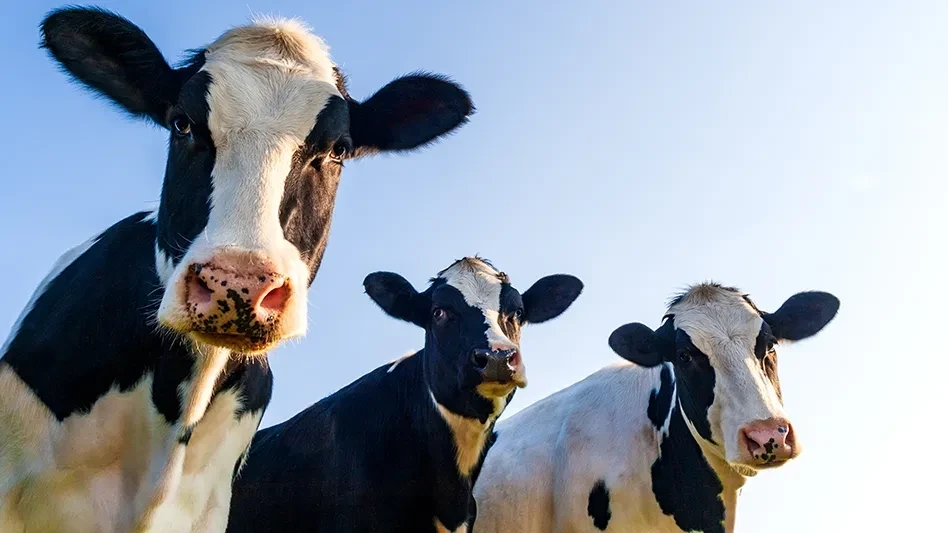
Adobe Stock | Korta
Since 2020, food-producing companies have been eagerly awaiting the implementation of new regulations for product labeling from the Brazilian National Health Surveillance Agency (ANVISA), which finally took effect on Oct. 9, 2023, the deadline for packaging compliance. A new court ruling could change the transition rules for disposing of old packaging that does not comply.
To recap, the main changes imposed by ANVISA for the labels of packaged food products in the absence of the consumer, according to Resolution RDC No. 429, dated Oct. 8, 2020, and IN No. 75, dated Oct. 8, 2020, were:
FRONT-OF-PACK NUTRITIONAL LABELING. The novelty of RDC 429/2020 is the application of the magnifying glass symbol on foods packaged in the absence of the consumer. The purpose of front-of-pack nutritional labeling is to inform consumers about the high content of three nutrients: added sugars, saturated fats and sodium. The symbol developed by ANVISA is a magnifying glass design and should be applied on the main panel of the packaging and at the top, as it is an area easily captured by the consumer's gaze. Front-of-pack nutritional labeling should be applied whenever nutrient values are equal to or exceed the limits illustrated in the table referenced below.
CRITERIA FOR READABILITY OF THE NUTRITIONAL INFORMATION TABLE. The nutritional information table, known to Brazilian consumers, underwent significant changes. The readability of the table was altered to facilitate understanding by consumers, with the table now featuring black letters on a white background with defined font sizes and lines. Another change is the inclusion of nutritional declarations per 100 g or 100 ml and per serving of the food, aimed at facilitating product comparison by consumers. The number of servings should also be included in the table. Additionally, the table must be located close to the list of ingredients and on a continuous surface. To meet the readability requirement, the table cannot be applied in covered areas, deformed locations or regions of difficult visualization.
CHANGES IN NUTRITIONAL CLAIMS. Nutritional claims on packaged food labels remain voluntary. The changes made were intended to avoid contradictions with front-of-pack nutritional labeling. Thus, when the food displays the magnifying glass symbol, nutritional claims cannot be placed on the upper part of the main panel to avoid competing for the consumer's attention and overshadowing the front-of-pack labeling. The product also cannot make nutritional claims about the nutrient highlighted by the magnifying glass. For example, if the food is high in saturated fat, claims about total fats are not permitted.
The regulations RDC 429/2020 and IN 75/2020 were published on Oct. 9, 2020, and came into effect on Oct. 9, 2022. For products already on the market before the regulation took effect, the implementation date was extended to Oct. 9, 2023.
When everyone was awaiting the final deadline for the adaptation of food products to the new labeling model, ANVISA decided to allow companies to deplete stocks of packaging still containing labels in accordance with the old rules but prohibited the acquisition of new packaging that did not comply with the rules of Resolution 429/2020.
With this decision, companies would gain time to deplete volumes of packaging that, according to industry representatives, had been purchased long ago but remained in stock due to the decline in sales during the COVID-19 pandemic. This argument, along with the financial losses incurred during the pandemic, swayed the Regulatory Agency, which subsequently issued Resolution 819/2023 on Oct. 9, 2023, authorizing the coexistence of packaging with both old and new labels until October 2024.
However, in the eyes of a consumer advocacy entity, this maneuver would only benefit food manufacturers, as consumers would be exposed to different information for the same product, whereas the new rules were already in effect and would represent a consumer victory in terms of information quality, allowing for more conscientious product choices.
This entity decided to take the matter to court, and by the decision of a federal judge from the State of São Paulo, Resolution 819/2023 was suspended for contravening one of the most fundamental principles of consumer relations: the right to comprehensive information.
Therefore, as of last week, food manufacturers are required to affix stickers containing labels compliant with Resolution 429/2020. This measure, albeit temporary, entails additional costs for manufacturers and exporters wishing to place their products in the Brazilian market but who do not yet have packaging printed in accordance with the new rules that have been in effect since October 2023.
It is important to note that the judicial decision could be revisited at any time upon reconsideration by the judge or after the analysis of an appeal to be submitted by the competent regulatory authority.
This is a dispute that is just beginning, and it will be necessary to await confirmation or modification of the decision that rendered Resolution 819/2023 ineffective, even though the rule is temporary and valid only until next October.
Gerardo Figueiredo Junior is a partner at Zeigler Lawyers overseeing the food law department. He can be reached at gerardo@zeigler.com.br. Ana Darif is a regulatory affairs specialist with a master’s degree in food science. She can be reached at anapauladarif@gmail.com.
Latest from Quality Assurance & Food Safety
- IDFA Presents Leadership Award to Six Federal Officials at Annual Celebration of Dairy Reception
- Seeding The Future Global Food System Challenge is Changing Lives: Winners Reflections
- Raw Farm Products Recalled Following Bird Flu Virus Detections
- FDA Issues 2024 Voluntary National Retail Food Regulatory Program Standards
- GSA Launches Assurances Platform, Prism and Webinar Series in Partnership with Wholechain
- Multistate E. coli Outbreak Linked to Iceberg and Romaine Lettuce Blend
- FDA, USDA Seek Information About Food Date Labeling
- William Marler, Food Safety Advocate and Lawyer, Condemns Lack of Safety of U.S. Food Supply





